Never Say Never • Nuclear Warming • A Fractured Bi-valve
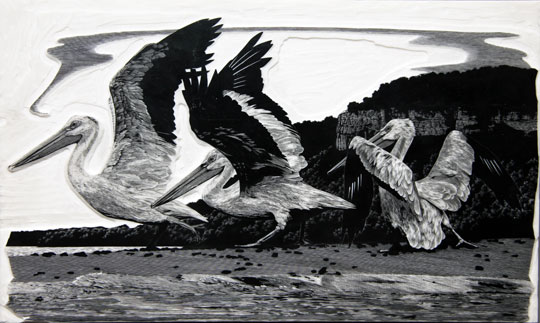
Never Say Never
People often ask how long it takes to engrave an image. There is a luxury in not keeping track, and I normally don’t, but I have photographed progress in cutting the key block of the pelicans every couple of days, and can report that it has taken 90 hours engraving time to bring the block to the proofing stage. The block is Corian counter top material. This is my first time using Corian, the material of choice for engraver Abigail Rohrer, who does beautiful work. The material holds detail well, but is a bit difficult to clear. It does offer superior stability over wood, which makes for a much easier time on the press, especially with a block as large as this.
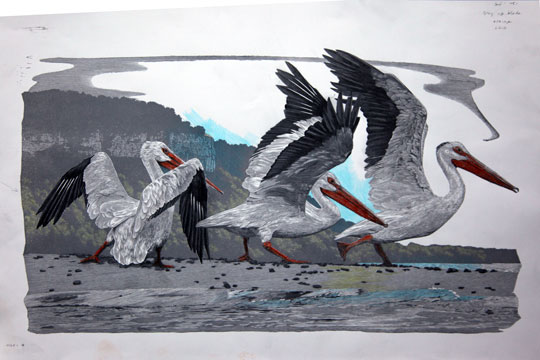
The plan is to print, every two years or so, by hand with ink on beautiful paper, a record of my journey in book form . I also plan to issue editioned prints of some of the images along the way. The pelicans will be the first of the individual images available. Look for it in the spring. The edition size, and price, are yet to be determined.
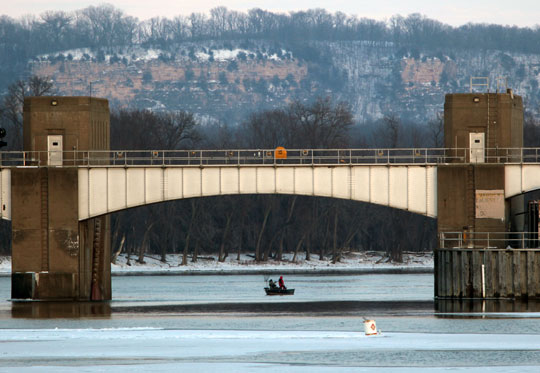
17 December, 2009 • Nuclear Warming
A strong storm system swept through last week, and the lake froze suddenly. I drove to the Prairie Island Nuclear plant in search of open water and found it, along with a flock of mergansers, a few straggling swans, and a two determined fishermen.
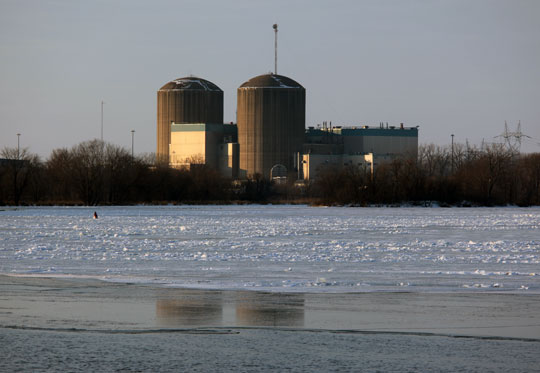
I found open water as far down stream as the Red Wing bridge. Is it possible that the plant is solely responsible for the open water, or might some other factor come into play? Current seems unlikely, as the river was frozen over beneath the Wabasha Bridge to the south, where I know the current is pretty fast.
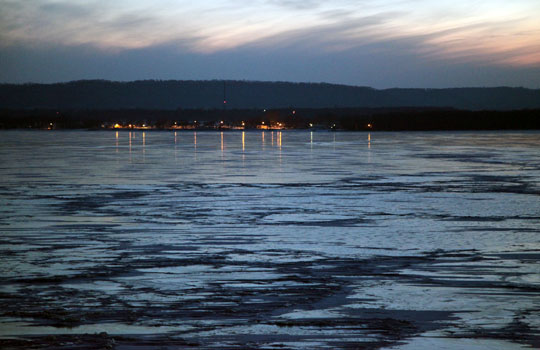
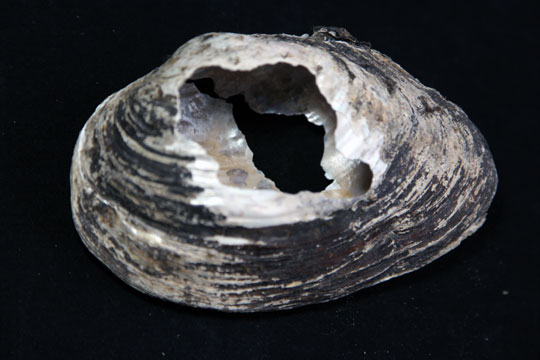
A Fractured Bi-valve
In 2009 I collected about fifty mussel specimens, representing a dozen different species–to get into the book, I must find both shells of an individual animal. I’m in the process of cleaning, identifying, and cataloging them. A large (18.5 cm) specimen with substantial fractures in both valves raises questions: what caused the fractures? How did the specimen come to be ten feet from the water’s edge? How long had it been there? It occurs to me that most of the shells I find beach combing must have been carried by a predator. Perhaps the large mussel with the fractured valves had been carried and eaten by an eagle. Speculation is likely to become a central element in this shell game…
I am looking at photos taken of plates from Georg Wolfgang Knoor’s Les Delices des Yeux et de L’Esprit, a la Representation d’une Collection Universelle des Coquilles, 1764, and J. C. Chenu’s Illustrations Conchyliologiques, 1842-53, from the library of the Natural History Museum in New York, compliments of Bill Logan. Also a book borrowed recently from Robert Rulon-Miller: Captain Thomas Brown’s Illustrations of the land and fresh water conchology of Great Britian and Ireland, fith figures, descriptions, and locatlities of all the species, 1845. Captain Brown’s drawings were “engraved” by W. H. Lizars, who also engraved the first few images for Audubon’s Birds of America in the 1820’s. Though I believe the mussel engravings are in metal, the technique lends itself to wood engraving, and provides a starting point in thinking about how to approach engraving the bi-valves.